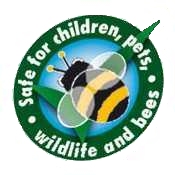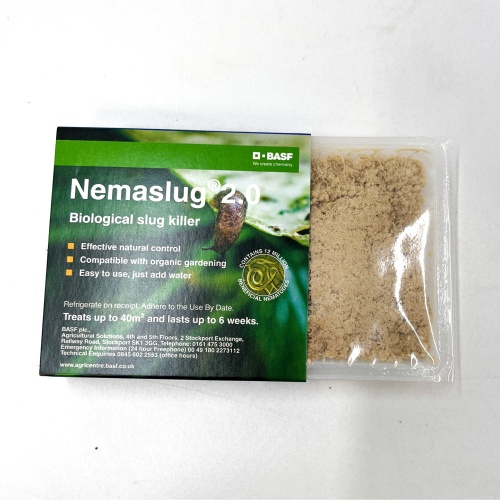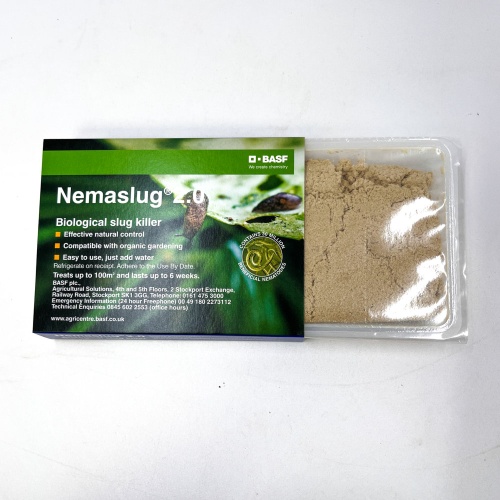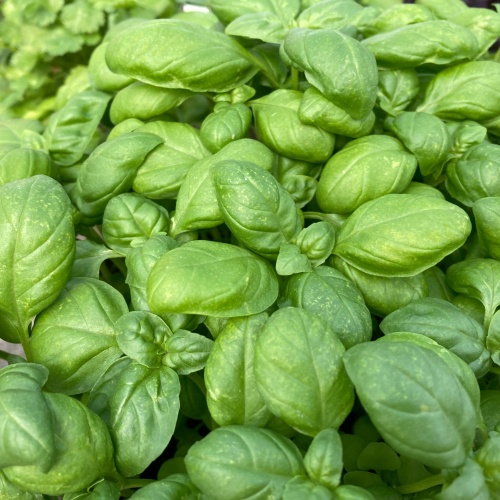Nemasys Fruit and Veg Protection - All in One Pest Control.
 Nemasys Fruit and Veg Protection is a unique mix of different nematode species to target a broad range of pests. Produced especially for the home gardener, it is so easy to use that the gardener does not have to worry about application times or thorough investigations as to what the pests actually are, just follow the programme. Nemasys Fruit and Veg Protection is safe on food crops and suitable for use of organic crops. It will not harm pets, children, wildlife or bees.
Nemasys Fruit and Veg Protection is a unique mix of different nematode species to target a broad range of pests. Produced especially for the home gardener, it is so easy to use that the gardener does not have to worry about application times or thorough investigations as to what the pests actually are, just follow the programme. Nemasys Fruit and Veg Protection is safe on food crops and suitable for use of organic crops. It will not harm pets, children, wildlife or bees.
Nemasys recommends that you apply their nematodes fortnightly as part of your watering programme to kill the pests. In so doing providing protection throughout the critical period when root fly attacks.




